

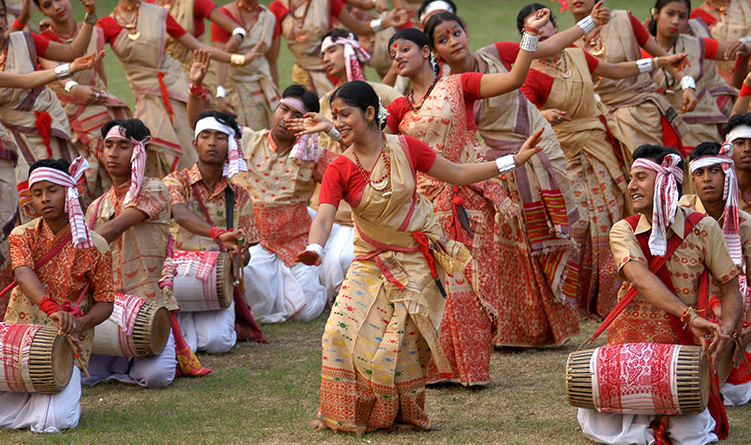
The Bihu festival is the first thing that comes to the mind when we speak of Assamese culture. This colourful festival is celebrated thrice in a year, each having their own significance of agriculture. The three Bihu festivals namely ‘Bohaag Bihu’ is celebrated in the month of ‘Bohaag’ (mid-April), Magh Bihu celebrated in the month of ‘Magh’ (mid-January) and Kati Bihu celebrated in the month of ‘Kati’ (mid-October).
Bohaag Bihu, the spring festival, is the festival of merrymaking and it also marks the Assamese New Year. The Bihu songs and dances are integral part of this Bihu. Magh Bihu, on the other hand, is the harvest festival and is marked by feasting. Various types of delicacies are prepared on the occasion of this Bihu. Kati Bihu is a more sombre and subdued occasion and it neither involves merrymaking nor feasting. It is marked by prayers for good harvest. (check details of each of the three Bihus).
In 2023 Awesome Assam registered two new records in the Guinnes Book of World Records on the occasion of Rongali Bihu in presence of the Hon’ble Prime Minister Shri Narendra Modi. During the mega Bihu performance at Sarusajai Stadium on 13th April, 11,304 dancers and drummers performed Bihu, creating a Guinness world record while 2548 dhulias ( drummers) created another world record.

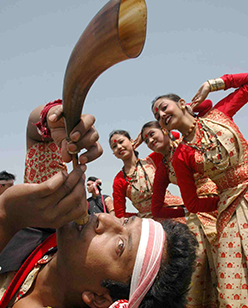

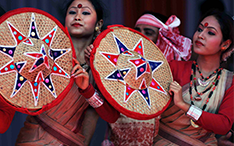

Kaati Bihu or Kongali Bihu is rather a more sombre affair than rest of the other two Bihu. It bihu does not involve any celebrations unlike Rongali and Bhogali Bihu. People light earthen lamps (saaki) in the paddy fields and also under the tulsi plant at home. This Bihu is observed to pray for a good harvest with a pest free crop. Maah-prakhad and prayers are offered to Goddess Tulsi on this day for a good harvest.
Maagh Bihu or Bhogali Bihu is celebrated in the mid of January which marks the end of harvest season. This festival is all about feasting and celebrations are all around the corner. Various kinds of pithas are being prepared for the occasion of Bihu. A day prior to Bihu, ‘mejis’ (bonfire) is being prepared for the next day. People wake up early and burn their mejis by offering prayers. On the eve of Bihu various recipes of different fish species are served with newly harvested rice.
Rongali Bihu also called as ‘Bohaag Bihu’ is celebrated in the month of April. It is considered as the first day of Assamese New Year. This spring festival is celebrated with much joy and it also marks the beginning of an agricultural season. The first day is celebrated with worshipping the cattle. They are given bath with paste of raw turmeric and black gram in the morning. Later in the evening, they are tied to freshly woven ropes in the cowshed. This ritual is done for better health of the animals and thanking them for helping out in the farm. People dress up in new clothes and exchange gifts and seek blessings from elders on the next day. In the time of Rongali Bihu, you can hear the lusty beats of local musical instruments dhol, pepa and gogona being played around.

In 2023 Awesome Assam registered two new records in the Guinnes Book of World Records on the occasion of Rongali Bihu in presence of the Hon’ble Prime Minister Shri Narendra Modi. During the mega Bihu performance at Sarusajai Stadium on 13th April, 11,304 dancers and drummers performed Bihu, creating a Guinness world record while 2548 dhulias ( drummers) created another world record. This initiative was taken up by the Government of Assam under the leadership of Hon’ble Chief Minister Dr. Himanta Biswa Sarma to highlight Assam’s Bihu festival globally. The grand spectacular event was witnessed by a sea of humanity at the Sarusajai stadium.

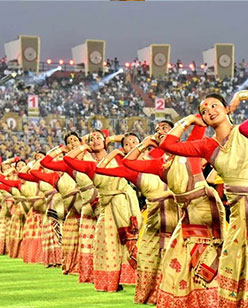
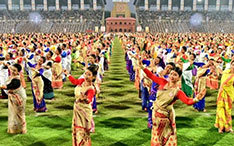
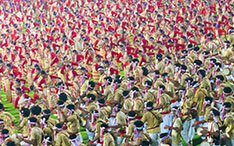


Assam is known for its tea plantations, one-horned rhinos, wild orchids and its scintillating charm but Assam is also a wonderland of spiritual experiences especially Kamakhya Temple being the epicentre of it, particularly during Ambubachi Mela. One of the unique festivals of India, it is the most significant celebration of Kamakhya Temple which is the yearly menstrual cycle of Mother Earth, symbolised as Mother Goddess Kamakhya.
During Ambubachi Mela, people participate in many kinds of restrictions. The Temple celebrates the feminine reproductive energy and natural forces of fertility. All temples in Assam remain closed for three days and are opened amid a lot of celebration.
Devotees from across the country travel to Kamakhya Temple to worship the Mother Goddess for fertility. The devotees sing kirtan all night long, allowing the Divine Mother to relax in her seclusion while sadhus and saints chant outside the shrine.
There is no idol of the presiding deity and Maa-Kamakhya is worshipped in the form of a yoni-shaped rock. The festival is unique in the sense that visitors can witness the tantric rituals as certain sages demonstrate their psychic abilities during this mela.They only make an appearance in public during this Mela and spend the rest of the year in isolation.
After the temples are reopened, prasad is distributed among the devotees and visitors which is in two forms called as Angodak and Angabastra. Angodak which is spring water and Angabastra is a small piece of red cloth that is used to cover the yoni (in the form of a rock) during the days of menstruation and is distributed to each devotee later.


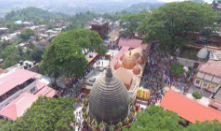
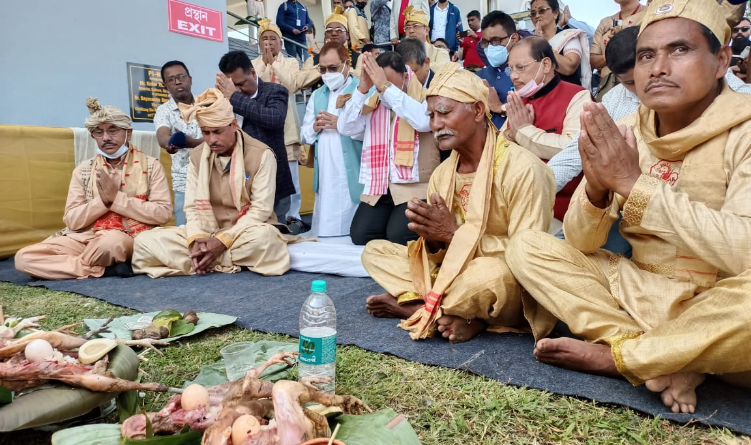
The most significant festival in the entire Ahom community is Me-Dam-Me-Phi. People make offerings to their ancestors on every year of January 31st. Me-Dam-Me-Phi, where “Me” stands for worship, “Dam” for the deceased, and “Phi” for God. The Tai Ahom community holds the faith that man do not experience rebirth after death, one of the most significant traditions involves keeping the body of the deceased in a box and constructing a “Maidam” instead of burning the body.
The crux of this celebration is that the family worships the ancestors or deceased members in order to elevate the deceased to the status of "Phi" or God. Me-Dam-Me-Phi is celebrated throughout the state, although celebrations in the district of Sivasagar, Dibrugarh, and Lakhimpur are quite popular because of the higher concentration of Tai Ahoms population in these districts. At present, The Ahom people observe Me-Dam-Me-Phi on the 31st of January each year and it is a public holiday by the Government of Assam recognizing the importance of the day.
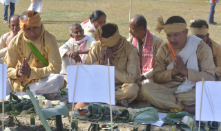


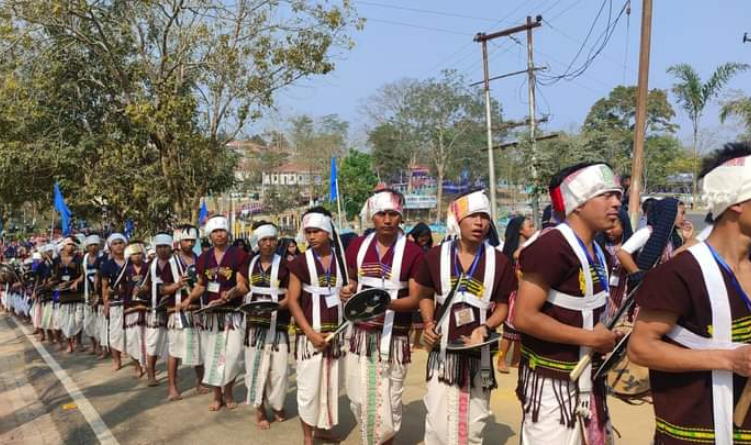
The Karbi Youth is the most flamboyant and colourful youth festival of Assam in North East India. This festival is being organised in order to promote rich cultural identity of the tribe. The Karbi Youth Festival showcases the ethnic diversity of the Karbi tribe during the celebrations of Karbi Youth Festival. This festival started in the early 80’s and have paved the way for other ethnic communities to preserve and spread their unique cultural identity. The Karbi Youth Festival is slowly making a name in the global world and it is the oldest Ethnic Festival of India. This youth festival is hosted on 500 acres of ethereal land, 5000 ethnic artists as well as more than 800 stalls and exhibitions. This folk festival highlights the Karbi tribe dwelling in various north-eastern states of India as well as other indigenous tribes are being highlighted.
In addition, the Karbi tribe also observe several festivals among which Rongker festival is the most important festival of the Karbis. It is a festival of joy and is celebrated in the beginning of the New Year by offering prayers to different God and Goddesses for the well-being of the entire village. The elderly men of the community carry out the rituals and seek blessings to keep the people free from diseases and natural calamities for the entire year.
They also pray fervently for a fruitful harvest. However, during this festival, women are not allowed to enter the worship space.
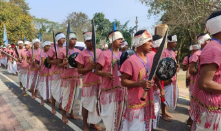
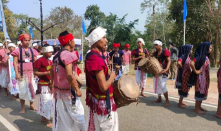
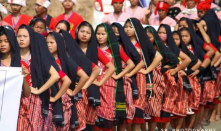
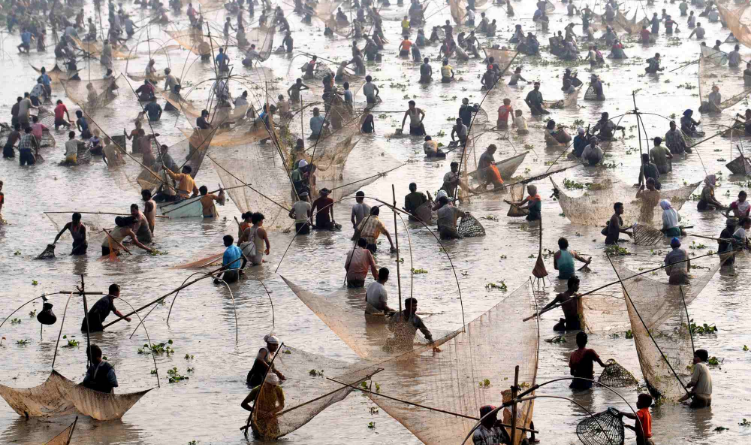
Jonbeel Mela is held every year during winter at Jonbeel of Jagiroad, 59 kms east of Guwahati. It is such a spectacular fair where they promote harmony and brotherhood amongst various tribes and communities. As per the history King Gobha Raja of the Tiwa tribe held political parleys with the Ahom king and other hill chiefs near the Jonbeel in the 15th century, fairs were held during the meet and people from every kingdom embraced each other and barter their goods.
Various communities like Tiwa, Karbi, Khasi and Jaintia come down from the hills with their various products just few days before the ‘mela’. A big bazaar is held here where members of various tribes exchange their products with local people in barter system which is very rare nowadays. They perform ‘Agni-Puja’ or fire-worship before the mela for the welfare of mankind.
The notion of togetherness in variety makes this mela stand out from other fairs or festivals. People from various places descend to the mela and tourists too flock here. However, they have to buy things by paying cash.
This mela features a variety of traditional dances and musical performances, as well as food stalls of diverse ethnic cuisines, all of which simply heighten the festive mood. Cock fights, a fish bazaar and handicraft fairs are also included. It is to be noted that Gobha Raja, the monarch of the Tiwa tribe travels to the mela with his courtiers to collect taxes from the subjects, who gladly comply.

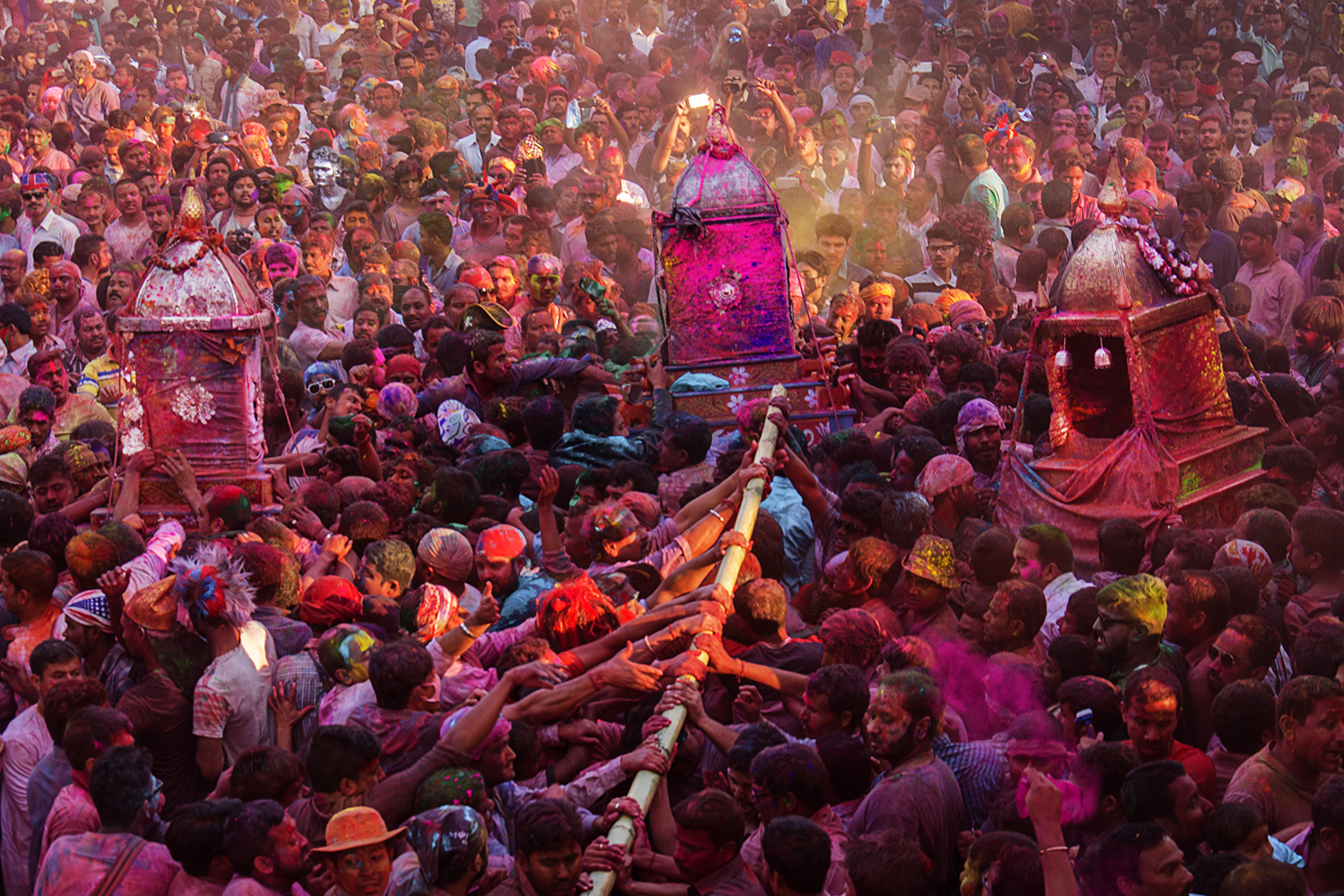
Doul Utsav which is commonly known as ‘Holi’ (Phakuwa) is the most colourful festival of the country and is celebrated with much joy in the entire state and the rest of the country. When it comes to Holi, Barpeta Satra has their way of celebrating the colourful festival. None of them can come close to the massive celebrations that take place in Barpeta Satra.
The Doul Utsav fills the heart of the people with joy and happiness and celebrate this festival with gaiety and enthusiasm.
Holi in Barpeta Satra is a three-day celebration here which is called Doul Utsav marked by dance, music and theatrical performances. They celebrate the festival by smearing coloured powder on each other. The red colour is considered to be predominant colour because it signifies the fertility of earth and renewal of life. During this three day festival thousands of people come to Barpeta to witness the colourful festival.
Singing Holi songs is the most significant component of Doul Utsav in Barpeta Satra. These orally composed songs, which are sung to the beat of khol, cymbals, and other traditional musical instruments, praise the glory of Lord Krishna in relation to the festival or colours.
Raas Utsav is a festival that signifies the Raas Leela of Lord Sri Krishna. Though Raas is celebrated in a number of places I Assam, most prominent are Raas in Majuli and Nalbari.
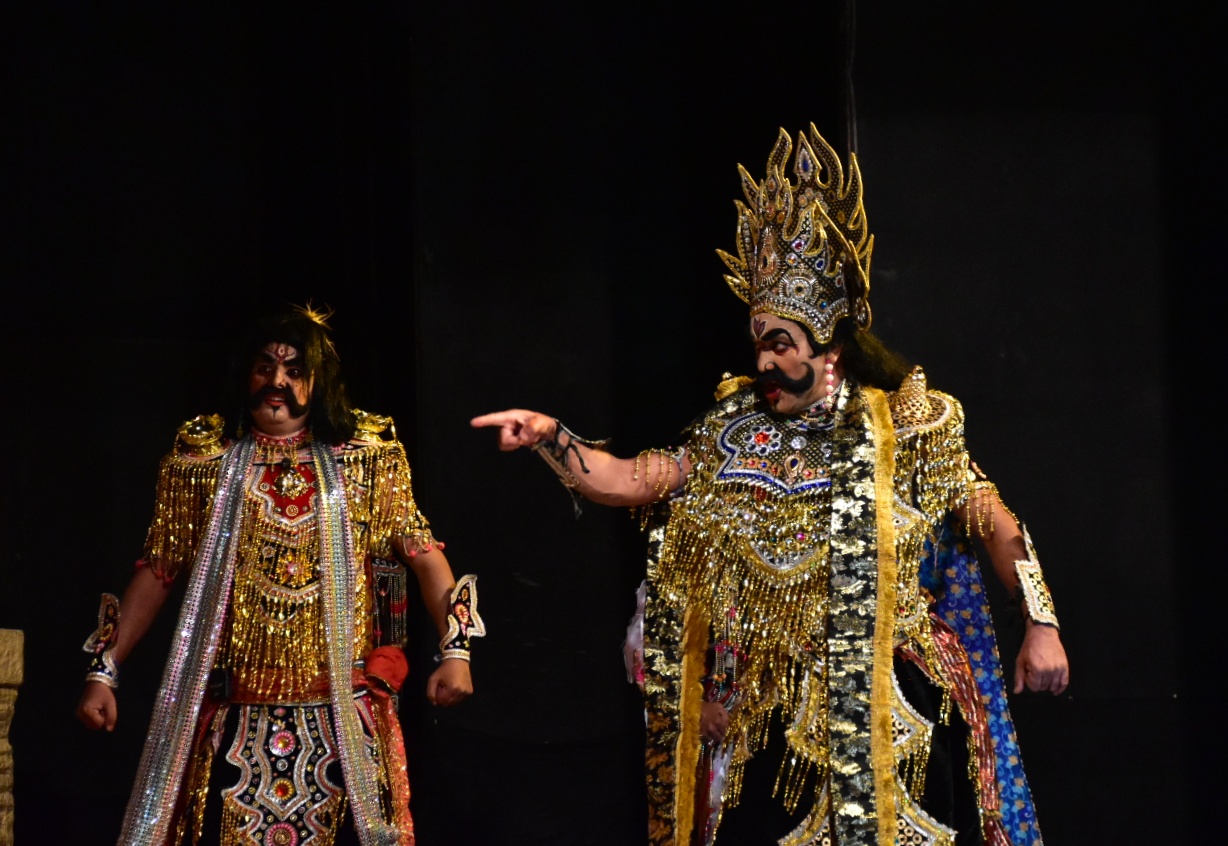
Raas Leela in Majuli is observed and celebrated at different Satra institutions, permanent community halls and in temporary stage pandal’s arranged by the organizers. This festival is the most popular festivities which attracts thousands of guest audience to Majuliboth nationally as well as internationally.
Celebration of ' Raas Leela' has become a cultural tradition in Assam. Raas Leela was first started in Sri Sri Dakhinpat Satra in Majuli more than three hundred years ago. In Sri Sri Dakhinpat Satra, ‘Raas Puja’ was continued from the period of Satradhikar Basudev Goswami. The Satradhikar started the movement as Vedic system of puja during Raas Purnima. He offered Puja after an instruction of Jadavrai Mahapravu at his night’s dream. Satradhikar was advised to continue Raas Puja for protection of his satra from the erosion of the Brahmaputra. This was possibly the beginning of ' RaasLeela' in Majuli. The system of Raas Puja was later developed by Basudev Goswami and he added some theatrical elements to satisfy the gathering of people during the observation of Raas Purnima.
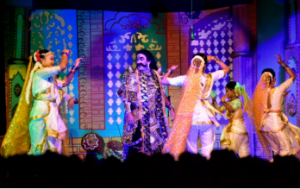
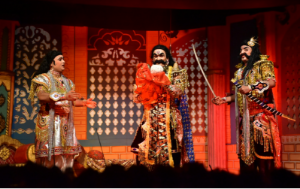
Raas festival is celebrated in Nalbari with much pomp and grandeur during November. Not only has the festival become a part and parcel of Nalbari, it has got intertwined with its socio cultural life. In fact, this celebration is associated with the Raas Leela of Lord Krishna with his ‘Gopis’. It is said that the bewitching autumn moon accompanied by gentle breeze wafting through made Lord Krishna pick up his flute. In Nalbari Raas festival is celebrated in the premises of Hari Mandir in the heart of the town. The festival has a big fair, along with local mobile theatre performing, giving a festive atmosphere throughout the town with people even from other parts of the state flocking to see it.
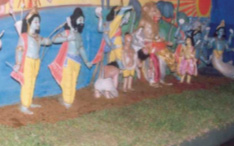


The Bihu festival is the first thing that comes to the mind when we speak of Assamese culture. This colourful festival is celebrated thrice in a year, each having their own significance of agriculture. The three Bihu festivals namely ‘Bohaag Bihu’ is celebrated in the month of ‘Bohaag’ (mid-April), Magh Bihu celebrated in the month of ‘Magh’ (mid-January) and Kati Bihu celebrated in the month of ‘Kati’ (mid-October).
Bohaag Bihu, the spring festival, is the festival of merrymaking and it also marks the Assamese New Year. The Bihu songs and dances are integral part of this Bihu. Magh Bihu, on the other hand, is the harvest festival and is marked by feasting. Various types of delicacies are prepared on the occasion of this Bihu. Kati Bihu is a more sombre and subdued occasion and it neither involves merrymaking nor feasting. It is marked by prayers for good harvest. (check details of each of the three Bihus).
In 2023 Awesome Assam registered two new records in the Guinnes Book of World Records on the occasion of Rongali Bihu in presence of the Hon’ble Prime Minister Shri Narendra Modi. During the mega Bihu performance at Sarusajai Stadium on 13th April, 11,304 dancers and drummers performed Bihu, creating a Guinness world record while 2548 dhulias ( drummers) created another world record.




